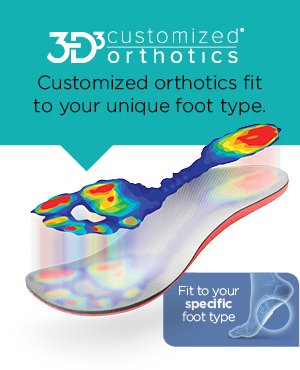Spider Veins
Related Conditions:
Enlarged veins, which appear as either varicose veins or spider veins, are quite common, especially among the aging female population. According to The National Women's Health Information Center, as many as 60% of all American women and men suffer from some form of vein disorder. Women, however, are more affected by 50%. 41% of women in their 50s, in fact, suffer from abnormal leg veins.
While arteries carry blood away from the heart, veins carry blood to the heart. As the blood flows back to the heart, veins regulate blood flow, preventing the blood from flowing in the wrong direction. In some cases, especially over time, a vein may weaken, and some blood may trickle back into the vein. As the blood collects in the vein, it can become congested or clogged, causing the vein to swell.
There are two distinct types of abnormal leg veins.
- Varicose veins: These dark, purple veins are quite large and swollen, will rise above the surface of the skin. Often described as "rope-like," they often appear on the backs of calves or on the inside of the leg, anywhere from the groin to the ankle.
- Spider veins: Smaller than varicose veins, spider veins, or "telangectasias," appear as red or blue lines anywhere on the leg or face. Spider veins are named for their web-like appearance on the skin's surface. The most common area for spider veins are on the front of the ankle. These are not typically painful.
Causes:
A number of factors may trigger the appearance of spider and varicose veins, including:
- Heredity
- Excess sun exposure
- Pregnancy
- Weight gain
- Certain medications
- Taking birth control pills
- Prolonged standing
- Traumatizing the skin via a hard pinch, for example
Relief and Prevention:
Treatment for varicose and spider veins initially begins with attempts to compress the region with stockings or support hosiery. Graduated support stockings, which gently and evenly reduce fatigue, pain and swelling, can help people suffering from poor circulation, edema, chronic venous insufficiency and varicose veins.
If wearing support stockings does not alleviate symptoms, various treatments, including injections, laser skin surgery or surgery to destroy the damaged veins, can be attempted. Treatment should be guided or carried out in conjunction with a vascular surgeon. Even with treatment, however, these veins can return in other places on the body, so it's best to take preventative measures to avoid getting varicose or spider veins in the first place.
The National Women's Health Information Center recommends the following prevention techniques:
- Protect your skin from the sun by avoiding exposure or wearing sunscreen when outside.
- Exercise on a regular basis – many doctors recommend at least 30 minutes a day – to improve the strength of your veins and leg muscles.
- Do not cross your legs!
- Avoid wearing clothing that restricts circulation.
- Control your weight; do not engage in "roller coaster" weight loss and weight gain periods.
- Try not to stand for long periods of time. If that's unavoidable – if you have a job as a saleswoman, for example – remember to continually shift your weight from one leg to the other.
- Eat enough fiber. Did you know that constipation can contribute to varicose veins?
- Wear elastic support stockings.
This information is not intended to be a substitute for professional medical advice, diagnosis or treatment. Please consult your health care provider on all matters relating to this or any other condition that may affect your health.

